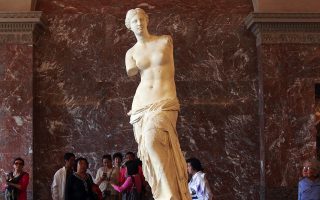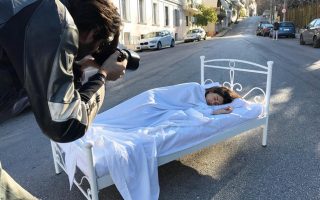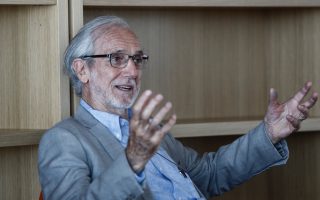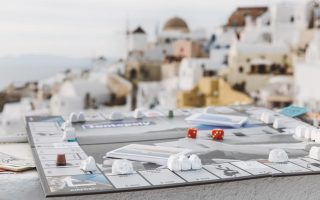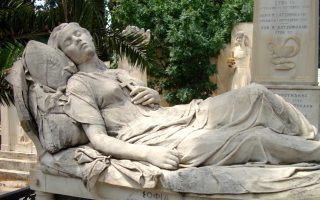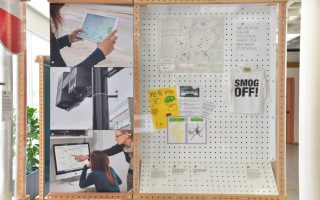Refugee crisis inspires artists at annual Athens festival
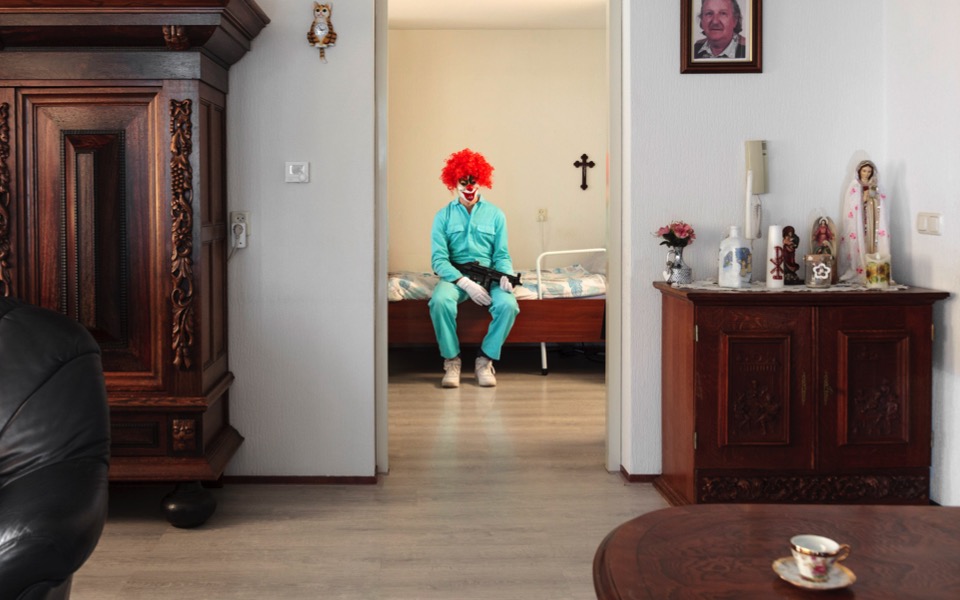
Visitors to downtown Athens’s Syntagma Square will soon be able to test their mettle at a “haunted house” offering an immersive excursion into our contemporary culture of fear, Omonia will disappear for a couple of days, and a warehouse in Piraeus will be transformed into the labyrinthine lair of the dreaded Minotaur to depict the perilous journey of migrants and refugees: all this and more at the Fast Forward Festival, organized by the Onassis Cultural Center, from May 4 to 12.
This year’s festival, which will unfold at the OCC as well as various public spaces around Athens and Piraeus, explores the notion of being violently separated/uprooted from the familiar. “The festival will be talking about people who have been displaced from hearth and home in a violent manner. This does not just relate to refugees who left because of war, but also to people who have left their homelands because of nuclear disasters or economic crises,” the event’s artistic director, Katia Arfara, tells Kathimerini.
FFF will see quite a few familiar names, among them South African director and visual artist Brett Bailey, who came to Athens last year with “Exhibit B.” This year, Bailey’s vivid tableaux will be evident in “Sanctuary,” a labyrinth installation inspired by the myth of the Minotaur and representing the European Union in crisis, which will be set up in a world first at the Stone Warehouse at Piraeus Port.
Germany-based collective Rimini Protokoll – Helgard Haug, Stefan Kaegi and Daniel Wetzel – is also returning to Athens, this time to initiate a discussion about the multicultural character of Europe with its audiovisual performance “Evros Walk Water 1 & 2,” which tells the tales of six unaccompanied minors who made the crossing into Greece, where they were introduced to the music of John Cage during their stay at an Athens shelter.
In front of Parliament at Syntagma Square, Dutch artist Dries Verhoeven will set up a “haunted house,” complete with train, for his performance/installation “Phobiarama,” to address the rhetoric of fear that has resulted in the rise of far-right movements and increased introversion in society today.
Just a couple of kilometers away, Gregor Schneider – known for pushing the boundaries of art – will present “Invisible City,” which entails the camouflaging of Omonia Square so it disappears from the watchful eye of satellites. In the same area, the abandoned Classical Acropol Hotel will host the project “Don’t Follow the Wind,” which was prompted by the nuclear disaster in Fukushima, Japan, in 2011, and comprises works that explore the idea of exclusion zones, with references to both Greece and Japan.
FFF will also be presenting Akira Takayama’s peripatetic project “Heterotopia,” which will direct a walk from Omonia to the port city of Piraeus using mobile apps and maps to remind attendees of the waves of Greeks who set sail from there to live the American dream, just as thousands of migrants flock to Japan in hope of a better life.
“Our point of view is usually purely Greek and Eurocentric. But with this festival, I would like to expand our horizons and look at this region’s predicament in relation to what is going on elsewhere rather than staying trapped in our own microcosm,” notes Arfara.
The theme of displacement and migration is also at the core of London-based Greek choreographer Zoe Dimitriou’s “Peregrinus” and Hikaru Fujii’s video work “Heterochronia,” but also of “Zvizdal,” a film portrait of two people living in a Chernobyl ghost town, by Brussels-based duo Berlin.
To find out more, www.sgt.gr.
